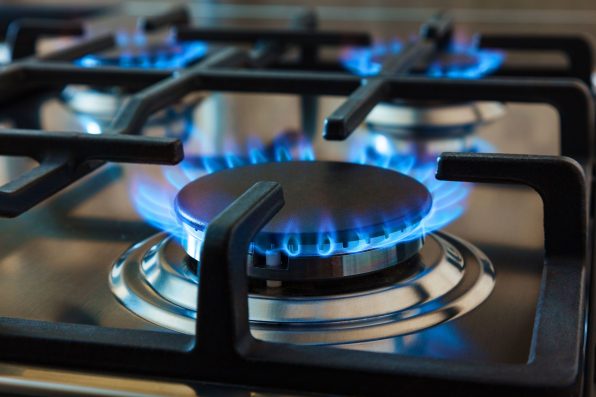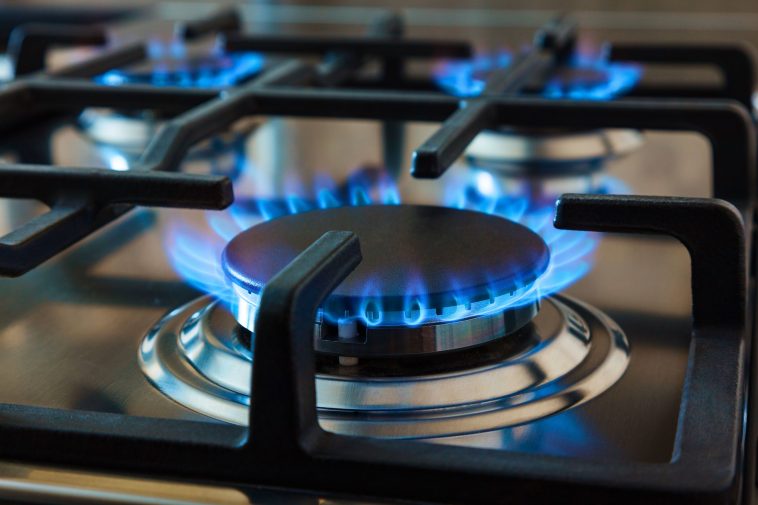Many prospective and current homeowners covet gas stoves, preferring them over electric options. But are they really safe?
A new study from Purdue University has highlighted concerning findings: cooking on a gas stove could emit up to 100 times more harmful particles than an exhaust pipe in a car.
The research uncovered that gas stoves actually discharge nano-sized particles, potentially elevating the risk of asthma and other respiratory conditions.
“These super tiny nano-particles are so small that you’re not able to see them. They’re not like dust particles you would see floating in the air,” explained Brandon Boor, an associate professor at Purdue’s Lyles School of Civil Engineering.
“After observing such high concentrations of nano-cluster aerosol during gas cooking, we can’t ignore these nano-sized particles anymore.”
Just last year, New York Governor Kathy Hochul even introduced a controversial proposal to ban gas stoves in the state. She pointed to their harmful impacts on both individual health and the greater environment. This research has paralleled her concerns.
For the study, the team employed advanced air quality monitoring equipment from GRIMM Aerosol Technik, a German company.
This technology enabled them to detect extremely small particles, as small as one nano-meter, while cooking on a gas stove inside a small, lab-based “tiny house.”
This tiny house was equipped with all the usual amenities found in a standard living space and was further outfitted with sensors designed to meticulously track how daily activities affect the air quality within a home.

Sign up for Chip Chick’s newsletter and get stories like this delivered to your inbox.


